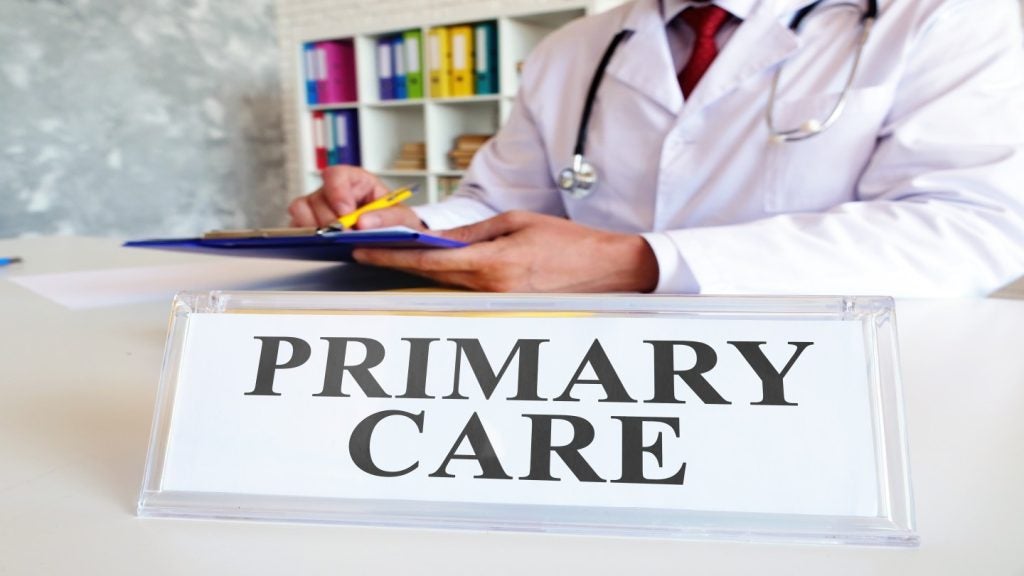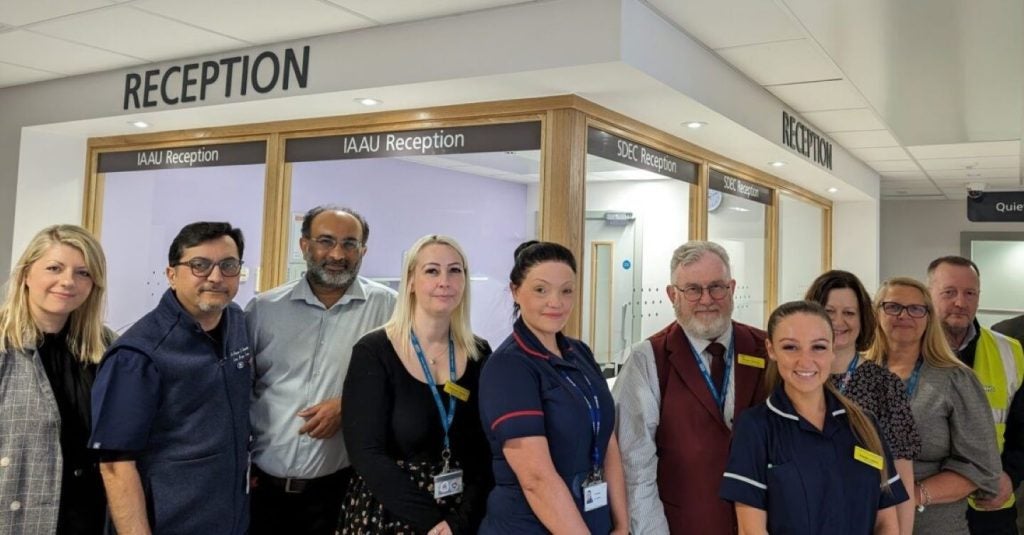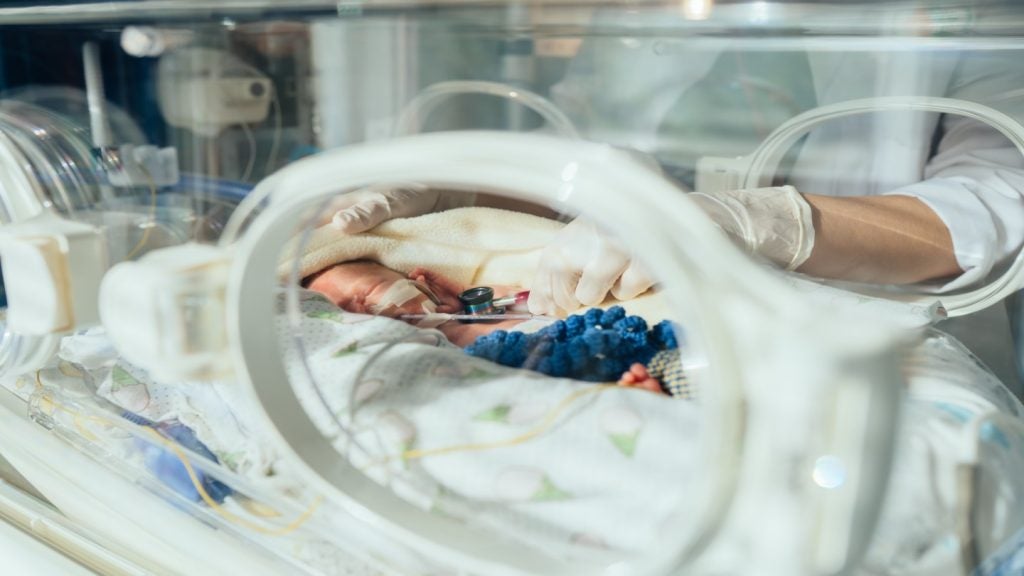
There is a distinct and challenging dichotomy in current perceptions of medical imaging. One view has come from the editors of the New England Journal of Medicine (NEJM) who named medical imaging as one of 11 ‘developments that changed the face of clinical medicine’ during the last millennium. Likewise, in the Dartmouth-Stanford Survey of Medical Innovations, 225 leading general internists ranked magnetic resonance imaging/computerised tomography (MRI/CT) scanning as the most valuable medical innovation in the last 30 years − 75% noting that the loss of this innovation would have the ‘most’ adverse effects on patients, including survival and quality of life.
These same physicians identified mammography as the fifth most valuable of the 30 innovations surveyed, demonstrating that the opinions expressed by NEJM were not simply academic, but shared by physicians on the front lines of patient care.
Conversely, health insurers, including the US government’s Medicare programme, have targeted medical imaging with overly aggressive cost-containment strategies designed to limit its use. For example, although medical imaging accounts for just 5-10% of Medicare spending, recent estimates from the Congressional Budget Office suggest that these technologies are the focus of 25% of the cuts detailed in the Deficit Reduction Act for 2006 to 2015.
This contrast – disproportionate budget cuts despite medical professionals’ judgment of high clinical value and peer-reviewed medical studies – suggests that policymakers and insurers undervalue medical imaging, in particular the cost savings, improved patient outcomes (including survival and quality of life) and enhanced treatment options associated with imaging technologies.
Reducing costs; improving outcomes
See Also:
The last few decades have seen the introduction of a wide range of sophisticated imaging technologies that offer ever-improving insights into dimensions of human anatomy and physiology. At the same time that computerised tomography (CT), positron emission tomography (PET), single photon emission computerised tomography (SPECT), ultrasonography and magnetic resonance imaging (MRI) transitioned from concept to routine use in clinical practice, healthcare expenditures rose steadily and substantially, recently reaching 16% of the gross national product in the US.
How well do you really know your competitors?
Access the most comprehensive Company Profiles on the market, powered by GlobalData. Save hours of research. Gain competitive edge.

Thank you!
Your download email will arrive shortly
Not ready to buy yet? Download a free sample
We are confident about the unique quality of our Company Profiles. However, we want you to make the most beneficial decision for your business, so we offer a free sample that you can download by submitting the below form
By GlobalDataAs medical costs have grown, policymakers and insurers have sought to understand and control cost drivers, successively focusing on inpatient care, physician services, pharmaceuticals, medical technology in general and medical imaging in particular. As evidenced by the funding/budget cuts, it’s clear that medical imaging is now a target of both public and private cost-containment initiatives.
A review of cost data at Massachusetts General Hospital in Boston suggests this may not be an effective strategy. Beinfeld et al found that although the use of CT, MRI and other diagnostic imaging increased at a substantially higher rate than other health services between 1996 and 2002, imaging costs rose at the same rate as total inpatient costs; this suggests that imaging is not driving the growth of healthcare costs. In fact, the literature suggests that medical imaging actually reduces overall costs of healthcare.
Imaging accrues cost savings in several ways – by minimising the occurrence of unnecessary procedures, avoiding costly hospital stays and disease outcomes, and offering effective, minimally invasive alternatives to traditional diagnostic and surgical procedures – and in a number of therapeutic areas. Not only does medical imaging increase the opportunity to detect diseases at an earlier, more treatable stage, saving cost and improving outcomes, but it has also transformed treatment options for diseases such as cancer, stroke and other cardiovascular conditions, giving practitioner and patient better ability to make important treatment decisions.
Imaging studies provide information that is often critical for making differential diagnoses, and for assessing the exact location and extent of disease in order to tailor treatment appropriately. In addition to informing choice of therapy, advances in imaging have supported the development of innovative therapeutic options such as minimally invasive surgery techniques (for example, laparoscopic appendectomy) and methods of more quickly and accurately assessing response to therapy.
Cancer treatments
Although advanced medical imaging has improved diagnosis and treatment for many acute and chronic conditions, cancer treatment is arguably the clinical area that has benefited most from these technologies. Ultrasound and MRI along with PET and SPECT, which can both be used in combination with CT, have paved the way for minimally invasive biopsies and surgeries, and targeted radiation therapy. These technologies not only provide more complete assessments (including more accurate staging) to guide initial treatment decisions, but can also help physicians determine how well certain therapies are working, and provide more accurate, less invasive monitoring for disease recurrence.
PET/CT, one of the newest technologies, illustrates how medical imaging has fundamentally improved oncologic care. While CT reveals anatomical features, PET provides insight into metabolic functioning, including changes occurring in the earliest stages of malignancy. PET and combination PET/CT can be used not only to diagnose and stage cancer, but also to uncover metastatic disease and to monitor response to therapy. An extensive body of literature documents the superiority of PET/CT over either technology alone in diagnosing, staging and restaging a variety of cancers.
PET/CT can be used to identify patients who would benefit from surgery, to plan for radiation therapy, and to triage patients to other treatment modalities if they are not surgical candidates. Patients with solid tumours will often undergo a course of chemotherapy or chemo-radiotherapy to shrink a tumour prior to undergoing surgery to remove the cancerous tissue.
Since this approach improves survival for only a small percentage of patients (who usually respond very well), fluorodeoxyglucose (FDG)-PET could reduce costs and unnecessary exposure to toxic therapies by proactively identifying those patients who will respond to the initial therapy.
Over the last few years, evidence has accumulated for the value of PET in determining gross tumour volume and characterising different areas of the tumour – information that makes targeted radiation therapy possible. Researchers have also found that FDG-PET can detect a tumour’s response to radiation or chemotherapy within three to four weeks post-treatment, making it possible to more quickly modify therapy regimens and increase treatment effectiveness.
FDG-PET is often used to assess response in lymphoma patients with residual tumours after two cycles of chemotherapy. With FDG-PET, treatment type and intensity can be tailored to increase the therapeutic value and chances for cure while minimising toxicity for patients with a good prognosis and enabling informed decisions to pursue either aggressive or palliative care for patients with a poor prognosis.
In addition to benefiting patients during diagnosis and active treatment, PET/CT is also improving surveillance for cancer recurrence. Recent studies of patients treated for endometrial, uterine and colorectal cancer show the potential of FDG-PET as a non-invasive tool for monitoring patients for cancer recurrence. For cervical cancer, FDG-PET not only improved patient management and treatment planning, but was also associated with longer disease-free survival. The value of PET/CT is now being codified in evidence-based clinical guidelines designed to help physicians provide the best and most appropriate care for their patients.
In 1998, the Centers for Medicare and Medicaid Services (CMS) approved reimbursement for FDG-PET to assess solitary lung nodules. CMS later expanded coverage of PET to include a number of cancers (for example, small cell lung, lymphoma, melanoma, esophageal and recurrent colorectal cancer) for which the value of PET was well documented. In 2005, CMS instituted a new policy called Coverage with Evidence Development to support the use of promising technologies. PET and PET/CT were inducted into this programme with the goal of providing coverage for all cancers not previously covered.
The National Oncologic PET Registry was created to begin collecting data to assess the impact of PET (including PET/CT and FDG-PET) on patient care. To date, this landmark study includes over 28,000 cases and initial results show that physicians modified their intended plan to either treat or not treat in 36.5% of these cases based on information from PET. Physicians moved from non-treatment to treatment three to four times more often than from treatment to non-treatment (28.3% versus 8.2% overall), and this pattern was consistent across cancer types. Biopsies were avoided in 70% of patients whose pre-PET plan included biopsy. The goal of therapy also shifted in 5.6% of the cases post-PET, with an increase in palliative care for patients who were being restaged or evaluated for recurrence.
Research on the use of MRI provides other examples of how sophisticated imaging technologies are improving management of cancer patients. Researchers from Northwestern University found that pre-operative bilateral MRI led to beneficial change in surgical plans in nearly 10% of newly diagnosed breast cancer patients.
A study conducted in 11 centres in four European countries found pre-operative MRI to be an important factor for improving surgical outcomes for rectal cancer patients. Clear surgical margins post-resection are an important predictor of survival and local disease recurrence. MRI can be used to proactively identify patients who are likely to have ‘affected’ margins post-surgery, which provides an opportunity to either offer pre-operative therapy or modify the surgical plans. Endoscopic ultrasonography also performs a similar role and is considered the standard of care for identifying rectal cancer patients who are candidates for pre-operative neo-adjuvant therapy.
Best patient experience
Over the last decade, the US healthcare system has enthusiastically entered the arena of evidence-based medicine in an effort to achieve the best patient outcomes in a cost effective way. At the same time, the use of imaging has expanded significantly, triggering tremendous scrutiny and disproportionate cuts from healthcare payers. However, medical literature demonstrates that these technologies carry the potential to reduce the economic and human costs of unnecessary and invasive procedures, and to improve patient outcomes and experiences through early detection and better treatment options.
Clinical experts, including the authorities responsible for guidelines development as well as practising physicians, are aware of the value of imaging (as demonstrated in peer-reviewed research).
The challenge now is to ensure that policymakers and payers wholly understand the benefits of imaging, and that they consider the wealth of available scientific evidence in designing policies to realise the inherent value and full potential of these technologies.
Policymakers and public officials are under increasing pressure to cut healthcare costs. But it is essential that they are always aware of the human impact of policy decisions; this means offering targeted policy solutions such as accreditation and appropriateness criteria, which make positive changes without penalising patients, and ensuring that people have access to the life-saving diagnostic and therapeutic imaging technologies that they need to help fight serious illness.







